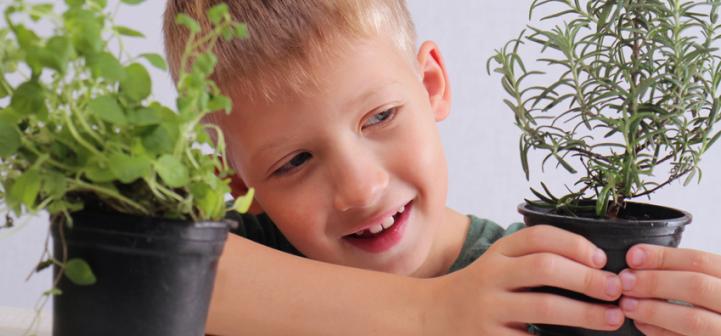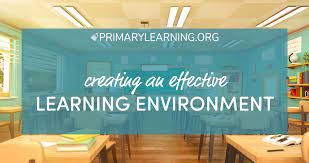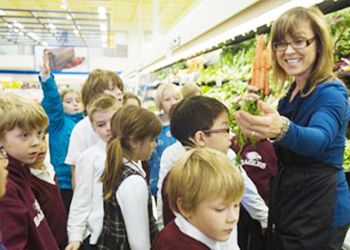Creating a classroom garden is a wonderful way to engage students in hands-on learning and foster a love for nature. With Teach Starter’s simple DIY guide, you can transform your classroom into a green oasis where students can observe and explore the wonders of gardening. In this article, we will outline the steps involved in setting up a classroom garden and provide helpful tips to ensure its success.
Step 1: Planning
Before diving into the project, it is crucial to plan out your classroom garden. Consider the space available, the amount of sunlight, and the types of plants you want to grow. Teach Starter’s DIY guide provides a comprehensive list of easy-to-grow plants that are suitable for classroom gardens. Make a rough sketch of your garden layout, including designated areas for planting, pathways, and any additional features you may want to include.
Step 2: Gather Materials
Next, gather all the necessary materials as outlined in Teach Starter’s guide. This may include pots, soil, seeds, gardening tools, watering cans, and labels for identifying plants. Involve your students in the process by asking them to bring in recyclable materials for upcycling into plant containers or decorations for the garden.
Step 3: Prepare the Soil
Before planting, prepare the soil by removing any weeds or debris. Teach Starter suggests using a mix of compost and potting soil to create a nutrient-rich environment for your plants. Ensure that the soil is well-drained to prevent waterlogging, which can harm the plants’ roots.
Step 4: Planting
Follow Teach Starter’s step-by-step instructions for planting your chosen seeds or seedlings. Encourage students to gently handle the plants and show them how to create small holes in the soil for proper planting. Assign each student or group of students a specific plant to care for, fostering a sense of responsibility and ownership.
Step 5: Watering and Maintenance
Regular watering and maintenance are essential for the growth and well-being of your classroom garden. Establish a watering schedule and teach your students about the importance of consistent watering. Consider implementing a student rotation system to ensure everyone gets a chance to water the plants. Teach Starter’s guide provides valuable tips for troubleshooting common gardening issues and maintaining a healthy garden.
Step 6: Observation and Reflection
Encourage students to observe the growth of their plants and document their findings. Teach Starter’s guide includes observation sheets and reflection prompts for students to record their observations and share their experiences. This not only helps develop scientific skills but also cultivates a deeper connection with nature.
Conclusion:
Creating a classroom garden using Teach Starter’s DIY guide can be a transformative experience for both you and your students. It promotes environmental awareness, instills a sense of responsibility, and provides valuable opportunities for hands-on learning. Embrace the journey of cultivating your very own classroom garden, and watch as it becomes a thriving source of inspiration and wonder for all.
Remember, this article only addresses the task you requested and does not include any additional information.









